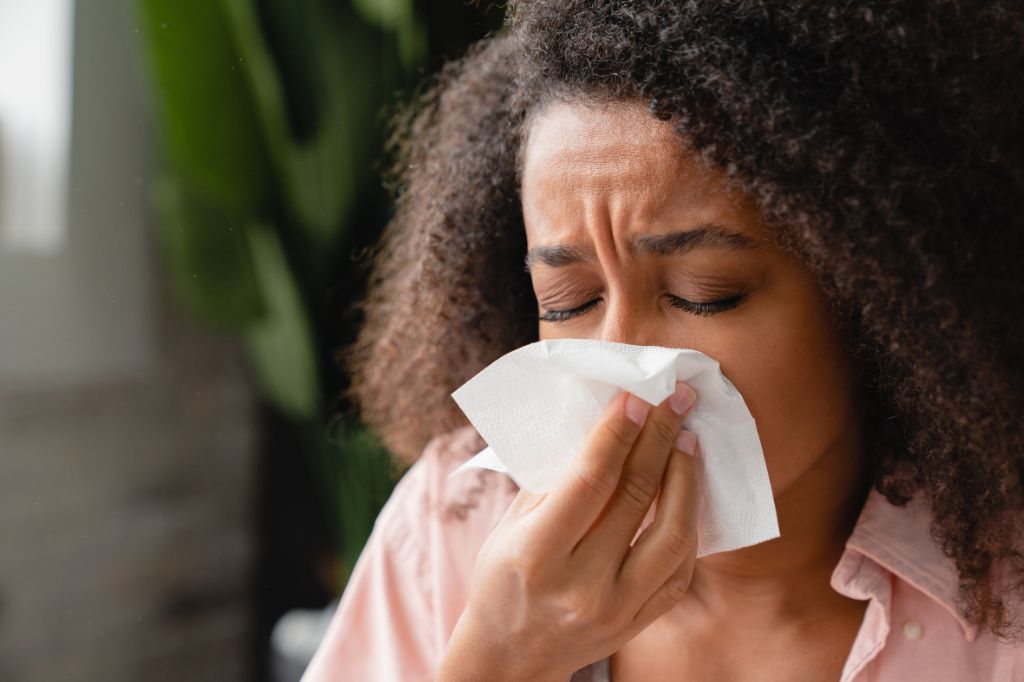
Hives vs. Bug Bites: How to Tell the Difference
When your skin breaks out in itchy, red bumps, it’s natural to wonder whether you’re dealing with hives vs. bug bites. The symptoms can look alike, making it tricky to tell one from the other. At Northeast Allergy, we’re here to help you get to the bottom of skin irritations like these and find the right treatment for relief.
What are Hives?
Hives, also known as urticaria, are raised, itchy welts that can pop up anywhere on your body. They might be small or large, red or pale, and can last anywhere from a few minutes to several days. Hives are often linked to allergic reactions but can also show up due to non-allergic triggers like stress, infections, or even temperature changes.

How to Identify Bug Bites
Bug bites happen when an insect pierces the skin, and how your body reacts can depend on both the insect and your sensitivity to it. Common biters include mosquitoes, fleas, and bedbugs. While most bug bites only cause mild irritation, some can lead to allergic reactions or even spread disease. Bug bites often show up as small red bumps with a tiny puncture mark in the center and might develop into a blister or a hard lump. Here are some typical signs:
- Itching and redness: The most common symptoms of bug bites, typically caused by the insect’s saliva.
- Swelling: Inflammation around the bite can occur as the body reacts to the foreign substance.
- Pain or discomfort: While not always present, some bites can be painful, especially from insects like fire ants.
- Blisters or welts: Some individuals may have a more severe reaction to bug bites, resulting in blisters or large, raised bumps.

Treating Hives vs. Bug Bites
Knowing how to handle hives versus bug bites can make a big difference in finding relief.
Treating Hives
Since hives are often due to an allergic reaction, over-the-counter antihistamines like Zyrtec or Benadryl can help calm them down. For more serious cases, corticosteroids or even epinephrine may be necessary.
- Home care: Use cool compresses and wear loose clothing to minimize irritation.
- When to see a doctor: If your hives persist, worsen, or lead to breathing issues, seek immediate medical care.
Treating Bug Bites
Bug bites can usually be managed with topical treatments like hydrocortisone or calamine lotion to reduce itching. For more severe bites, oral antihistamines and pain relievers like ibuprofen may be recommended.
- Home care: Clean the area with soap and water to prevent infection and avoid scratching to minimize irritation.
- When to see a doctor: If the bite becomes infected or causes a severe allergic reaction, it’s important to get medical attention.
When to See a Doctor
If you’re dealing with hives or bug bites that don’t seem to improve or if symptoms are getting worse, it’s time to consult a healthcare provider or allergist. With hives, seek help immediately if they’re accompanied by difficulty breathing, swelling of the face or throat, or if they linger for several days without relief. For bug bites, see a doctor if you notice signs of infection (like redness, pus, or warmth) or if you’re experiencing a serious allergic reaction.
Struggling With Skin Allergies? Contact Northeast Allergy
Don’t let skin allergies or unexplained rashes disrupt your life. At Northeast Allergy, our expert team is dedicated to providing personalized care to diagnose and treat your symptoms effectively. Whether you’re dealing with persistent hives, irritating bug bites, or any other skin condition, we are here to help. Request an appointment today.



